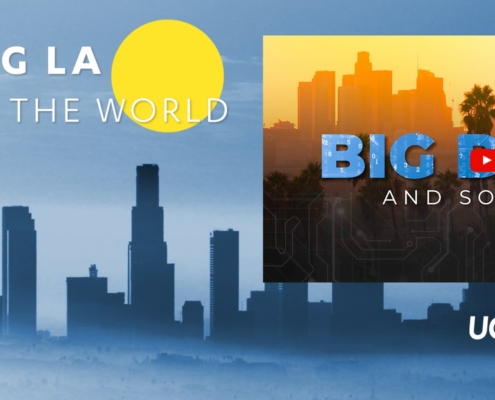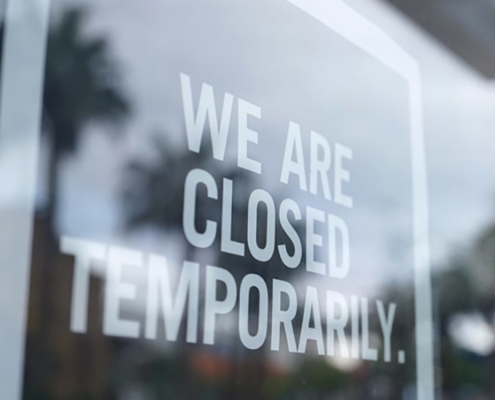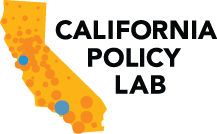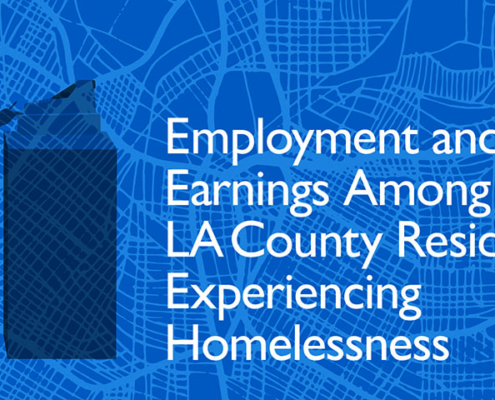Posts

CA Policy Lab Releases Report on Homelessness Focused on Anti-Black Racial Inequities in Los Angeles
The UCLA California Policy Lab (CPL) recently released a new…

UCLA Division of Social Sciences Premieres “Big Data and Society” Video
In the UCLA Division of Social Sciences, we are dedicated to…

CPL’s New Research Finds Sharp Increase in Share of Unemployed/Under-Employed Workers Who Receive UI Benefits in CA
The UCLA California Policy Lab (CPL) recently released a new…

CPL Releases New Research on the Lost Wages Assistance Program in California
The UCLA California Policy Lab (CPL) recently released a new…

CPL Latest Brief Highlights Unemployment Insurance Claims in California During the COVID-19 Pandemic
Earlier this month, the UCLA California Policy Lab released their…

UCLA California Policy Lab’s Latest Policy Brief Highlights the Difficulties CA. Workers Continue to Experience as the Economy Re-Opens
The UCLA California Policy Lab has released their fourth policy…

California Policy Lab Releases Brief on California Unemployment Insurance Claims During Pandemic
The California Policy Lab (CPL), in partnership with the…

UCLA California Policy Lab Releases Report on the Impact of COVID-19 on California’s Labor Market
New Analysis of Unemployment Insurance Claims in California Provides…

New Study Finds a Substantial Number of Californians Are Working Before Becoming Homeless
February 27, 2020 --- A new report released today by the…

